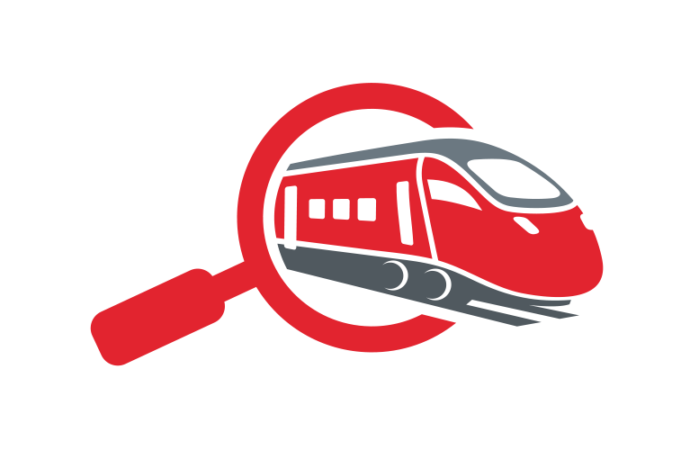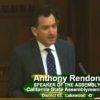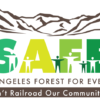An audit of the high-speed rail was approved at the end of January. A big deal was made of its bi-partisan approach but fact is it’s a smoke screen. The 48-minute video of the Joint Legislative Audit Committee meeting.
What the audit will not examine is the elephant in the room. They are not going to examine whether or not the system is capable of operating without a state subsidy, demanded in Prop 1A. Neither being examined is if the Authority has the money to build the project from San Francisco to Los Angeles or even the first operating segment. Toward the end of the Audit Committee session, the idea was floated that the business plan would provide these answers.
The fact is the plan does answer the questions and it confirms there isn’t the money to build even the first leg that is the Central Valley to Silicon Valley. Even if the Authority counts some future cap and trade revenue and capitalizing the cap & trade revenue stream until 2050, it doesn’t cover the cost. Plus the Cap & Trade laws are only in effect until 2030. The business plan also is optimistic that the federal government will give California grants for the high-speed rail when there is no indication they will do this based on the last 8 years activities. The Authority also mentioned ridership in the risk area. They say this, “Inaccurate ridership forecasts could create consequences for the program, including decreasing the level of private sector investment, increasing the public funding required and damaging stakeholder support.” According to Prop 1A ridership is required to pay for the cost of the train. Operational subsidies are strictly forbidden.
It appears the current scope of the audit will be a self-fulfilling prophecy. Senator Jim Beall (D) from San Jose, an avid supporter of the project and by the way sits as an ex-officio board member of the HSR Board, jointly sponsored the Audit request with Assemblymember Jim Patterson (R) from the Valley.
Beall’s idea of an audit is one that examines the practices and procedures of the authority in order to deliver an on-time and on-budget project. Beall mentioned that phrase multiple times during the meeting. No doubt he shaped the scope of the Audit to be almost a foregone conclusion that the program is going forward. This minimized scope, including items such as: economic impact on the region where the work is going on, environmental benefits, review of contract administration and the change order process (when additional work is required for plan changes not included in the original bid document.) This audit scope had to be agreed to in order to gain Beall’s support. Without Beall’s co-authorship, Assemblymember Patterson’s attempt to have the program examined in a more robust scope, would have died as his countless audit attempts had before.
For the sake of the taxpayers, an expanded scope of the audit is necessary since it’s clear in the newest business plan that there are major funding gaps. There is not enough money to complete the first leg of the project, Central Valley to the Silicon Valley. Bottom line without an expanded audit scope, the taxpayers will pay for 7 months of study with a $200,000 price tag and yet not investigate the most important aspects of the high-speed rail program.





